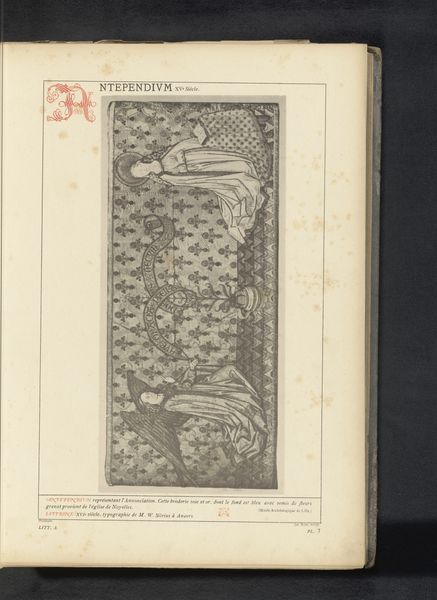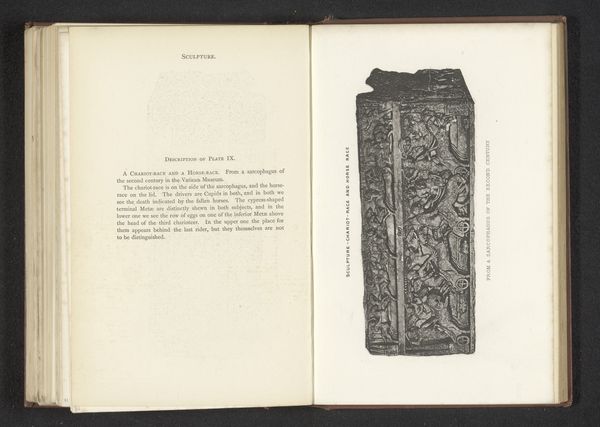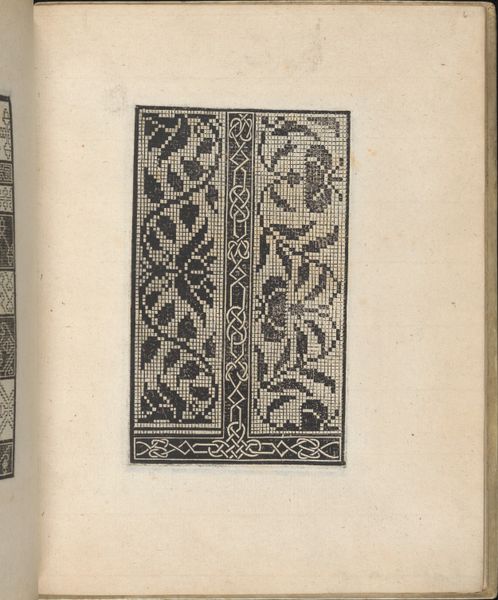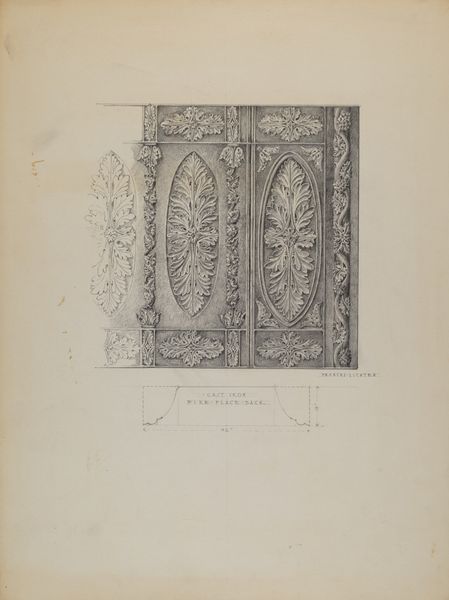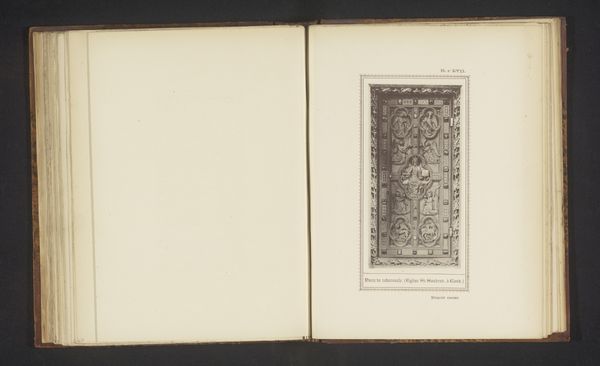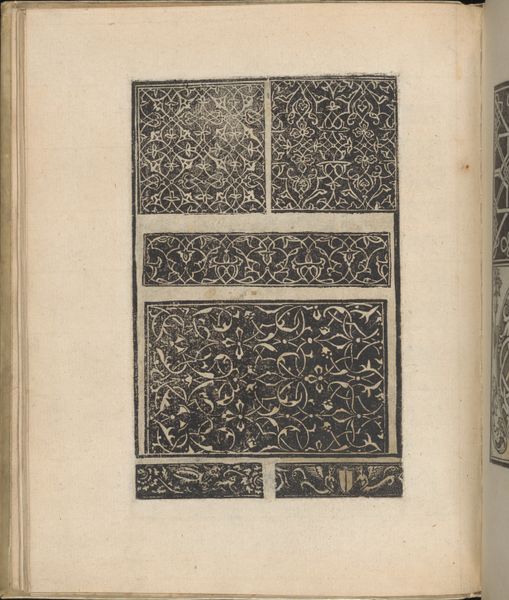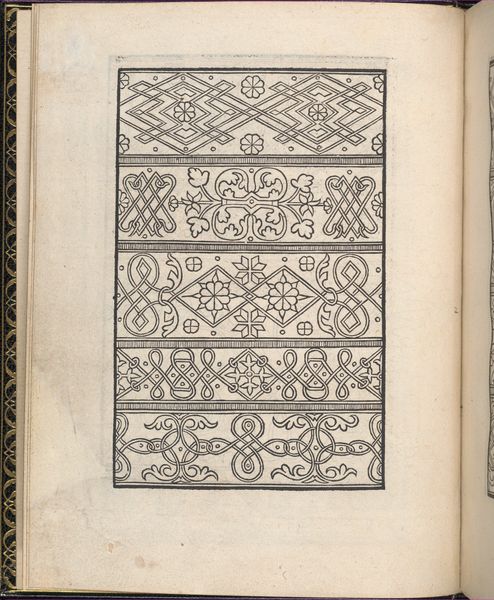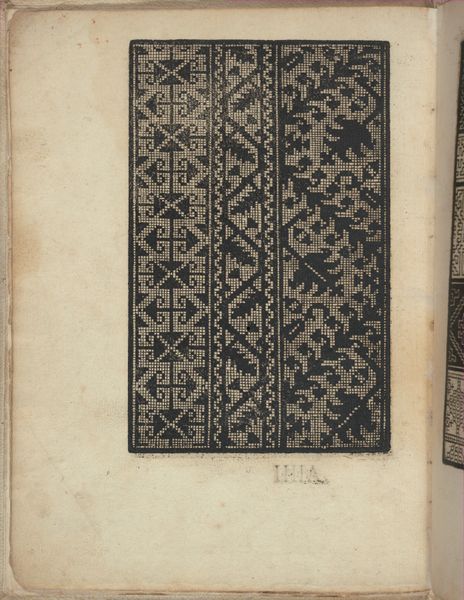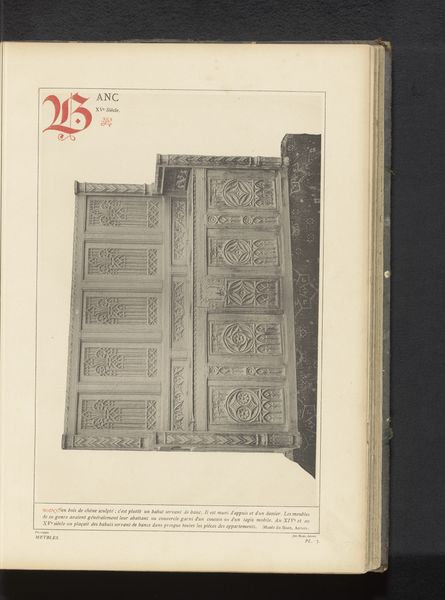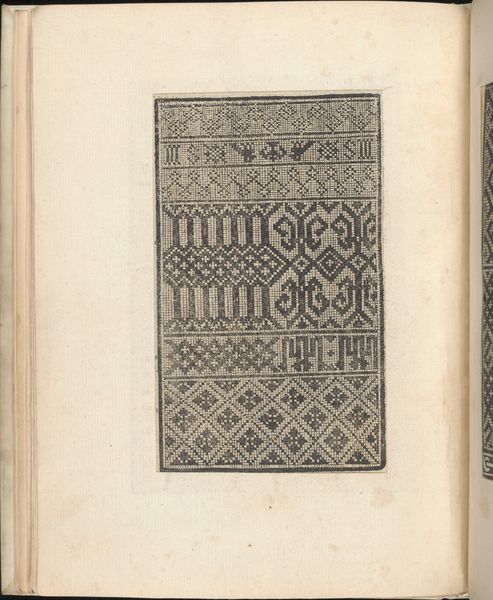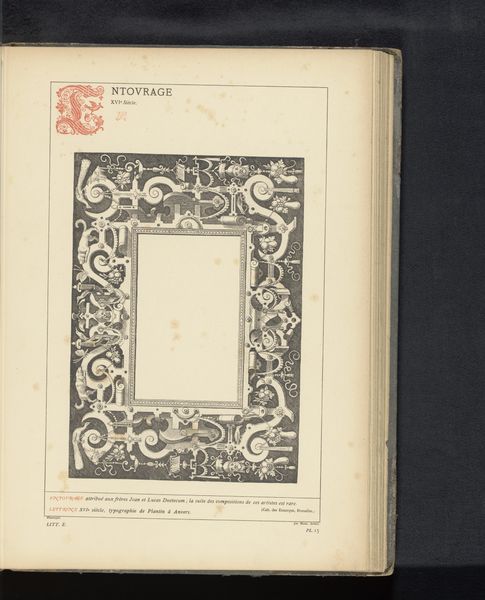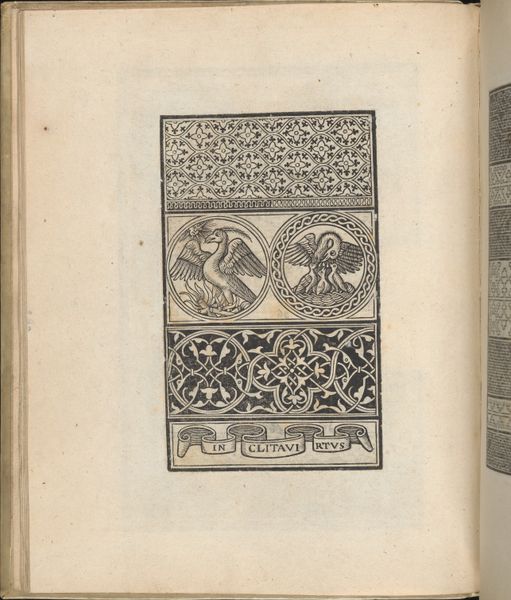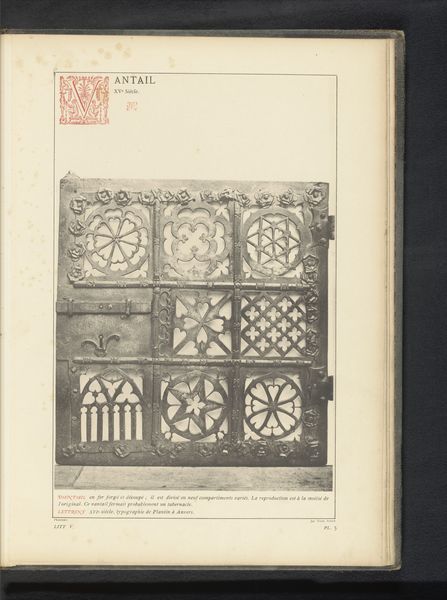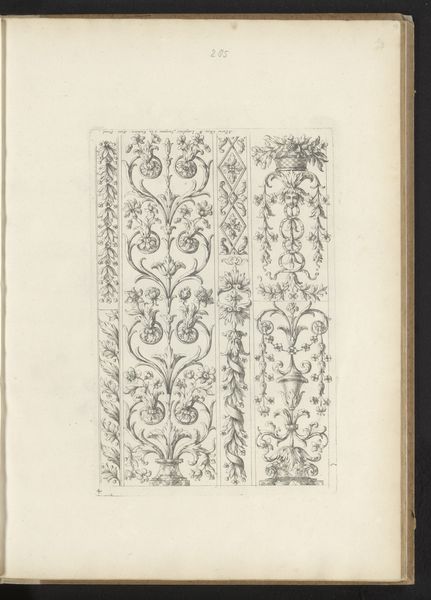
print, engraving
# print
#
book
#
decorative-art
#
engraving
Dimensions: height 342 mm, width 234 mm
Copyright: Rijks Museum: Open Domain
This is a decorated book binding made in the 17th century. The cover is intricately ornamented with gold tooling on leather. Bookbinding in the 17th century was more than just a craft; it was a statement of status and intellectual pursuit. The Netherlands, particularly Amsterdam, was a hub for printing and publishing, driven by a culture of relative religious tolerance and a booming economy. Printers like Plantin in Antwerp, mentioned in the description, catered to a wealthy, educated elite who valued books not only for their content but also for their aesthetic appeal. The gold tooling involved skilled artisans, and designs often incorporated symbols reflecting the book's content, the owner's interests, or contemporary cultural motifs. These bindings were commissioned by individuals, libraries, and institutions, reflecting the social and intellectual networks of the time. Understanding the context of book production and consumption in 17th-century Netherlands requires delving into archival records, studying printing guilds, and examining the collections of major libraries. This helps us to uncover the social life of books and their place in the history of knowledge.
Comments
No comments
Be the first to comment and join the conversation on the ultimate creative platform.
